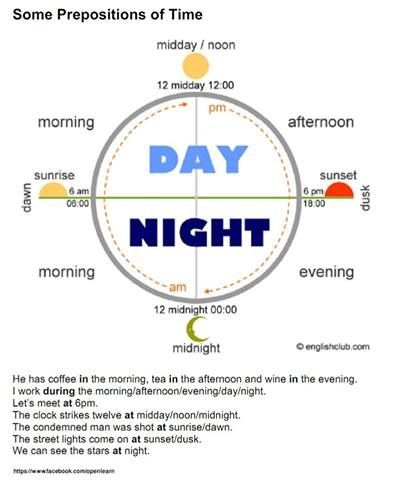
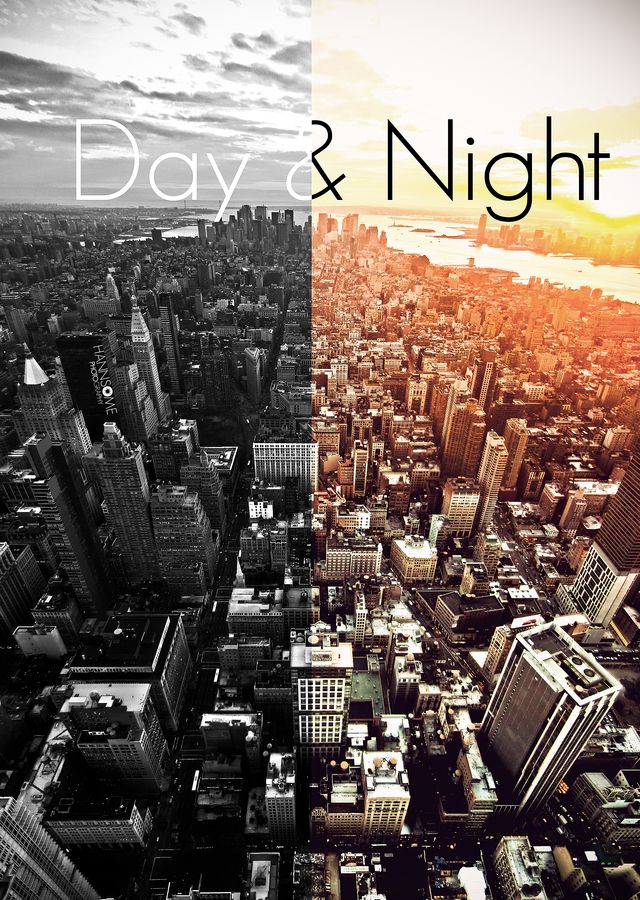 Most Day & Night units feature an outstanding 10 year parts limited warranty. Other key components, such as heat exchangers, may carry a longer limited warranty.
Most Day & Night units feature an outstanding 10 year parts limited warranty. Other key components, such as heat exchangers, may carry a longer limited warranty.
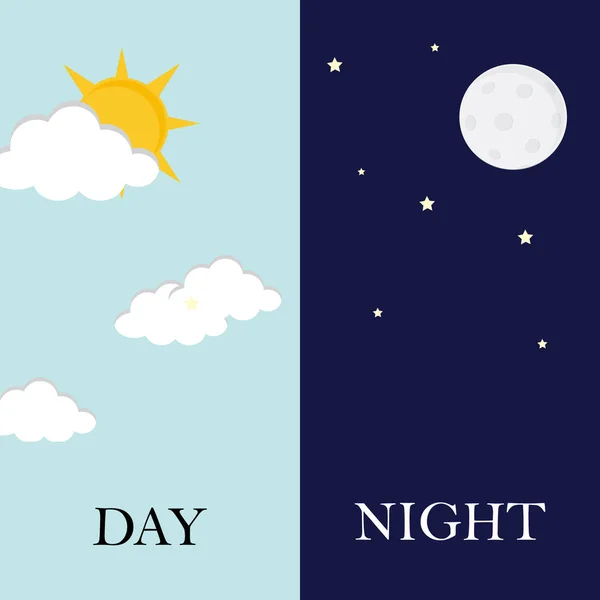 We use the information you provide (e.g. name, address, phone number, email, etc.) to contact you to share information about our (products/services). We will not share your information with any third party outside of our organization, other than as necessary to fulfill your request. This company does not sell, trade or rent your personal information to others.
We use the information you provide (e.g. name, address, phone number, email, etc.) to contact you to share information about our (products/services). We will not share your information with any third party outside of our organization, other than as necessary to fulfill your request. This company does not sell, trade or rent your personal information to others.2019
April 2, 2019
April 2019 US Air Conditioning became the exclusive distributor of Samsung HVAC products in all territories.
Read more
2018
July 31, 2018
US Air Conditioning opens store #50 in Downtown Los Angeles in July of 2018.
Read more
2007
May 28, 2007
On September 24th 2007 US Air Conditioning Distributors became the exclusive York Distributor in 5 states including newly established branches in Arizona.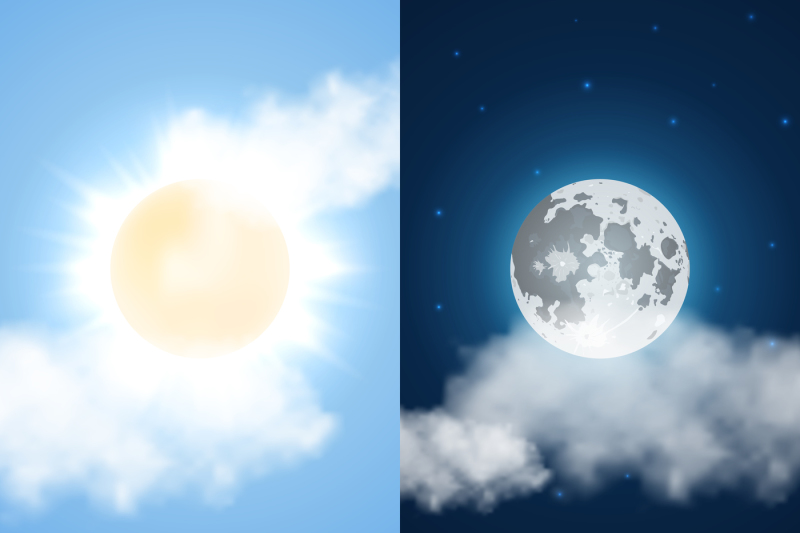
Read more
2002
May 28, 2002
At the end of December 2002 sales were $258 million. In May of 2003 US Air Conditioning Distributors was granted the opportunity to distribute the Bryant Brand in Northern California by Carrier Corporation. At the same time, US Air Conditioning Distributors purchased 17 branches from the Pameco Corporation. The Pameco branches purchased were located in several key locations in Northern California. This enabled the company to handle the new customer base in Northern California without a long startup phase. As a result of these most recent events, the company officially changed its name from SCACD, Inc. to US Air Conditioning Distributors.
Read more
1997
May 28, 1997
In 1997, US Air Conditioning Distributors made another acquisition, again with the cooperation of Carrier Corporation. US Air Conditioning Distributors acquired the Carrier Intermountain branch of Carrier Corporation, which was headquartered in Salt lake City, Utah. The distributorship, which included a branch in Boise, Idaho, has a large territory covering most of Utah, Idaho and parts of Montana, Oregon and Nevada. As a result of that acquisition, US Air Conditioning Distributors sales increased in 1998 to over $200 million.
US Air Conditioning Distributors acquired the Carrier Intermountain branch of Carrier Corporation, which was headquartered in Salt lake City, Utah. The distributorship, which included a branch in Boise, Idaho, has a large territory covering most of Utah, Idaho and parts of Montana, Oregon and Nevada. As a result of that acquisition, US Air Conditioning Distributors sales increased in 1998 to over $200 million.
Read more
1994
May 28, 1994
In 1994 and 1995, the new organization, which included all the brands of Carrier Corporation’s products, started to build their infrastructure to handle the needs of their growing customer base. It was during this time that the company started to operate their own delivery service for their customers. During the periods of 1994 and 1995, sales steadily increased to a level of $136 to $137 million. In 1996, sales exceeded 140 million as the operation continued to improve and add customer services which helped to generate the increased sales.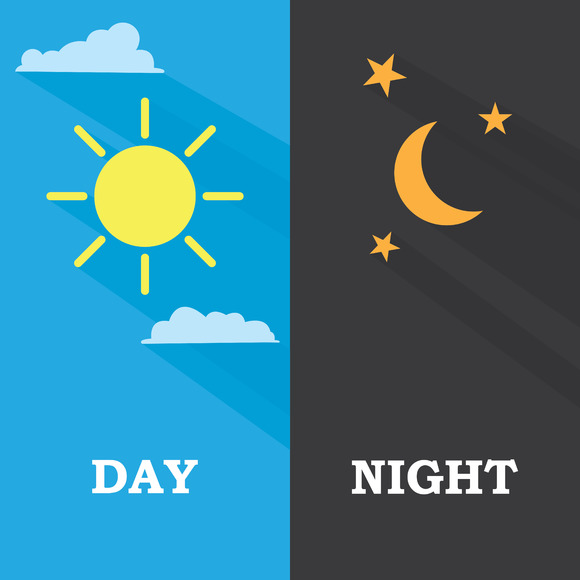
Read more
1993
May 28, 1993
In 1993, Carrier approached US Air Conditioning Distributors and suggested that they look into buying the Day and Night Distributorship from Bell Industries in Southern California. After several meetings with Bell Industries executives, US Air Conditioning Distributors completed the acquisition of the Day and Night brand distributorship from Bell Industries in July 1993. Additionally in 1993, Carrier approached US Air Conditioning Distributors again with the opportunity to buy the Payne brand distributorship from Carrier Corporation. The distributorship, located in the City of Industry, was headquartered in the building right next door to their existing operation. In September 1993, US Air Conditioning Distributors purchased the Payne brand distributorship from Carrier Corporation. As a result of these acquisitions, US Air Conditioning Distributors had employment of approximately 200 people, 17 branch locations and sales of slightly under $100 million by the end of 1993.
Read more
1991
May 30, 1991
Both John Staples and John Scarsi viewed owning a Carrier distributorship as a challenge, not only in terms of their ability to successfully operate a large and demanding business, but also in their ability to win the confidence of their employees and customers. The first two operating years of 1991 and 1992 were a challenge for the new company as the Southern California area was still in a recession mode. Both years were profitable for the new company, but sales hovered only slightly above the 1990 mark of $75 million.
Read more
1990
May 28, 1990
US Air Conditioning Distributors, Inc. was incorporated in July of 1990 when long time Carrier employees John Staples and John Scarsi purchased the distributorship and began operations as Southern California Air Conditioning Distributors.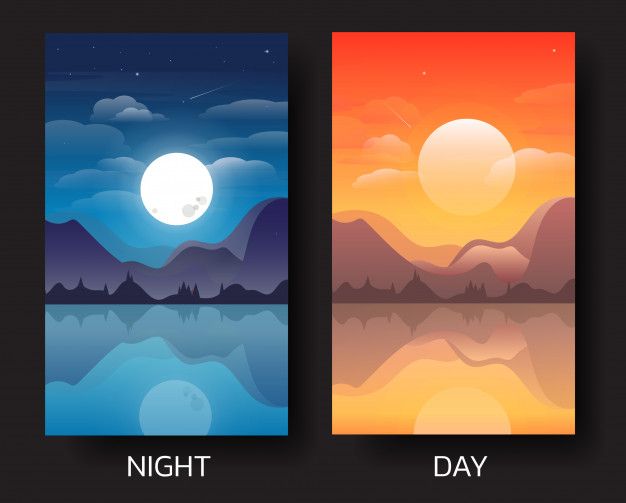 The company was formerly owned by Carrier Corporation and was called Carrier Los Angeles. It was the largest wholly owned branch of Carrier in the United States. The number of employees totaled 140 and sales were estimated at $75 million. The Carrier Los Angeles branch only distributed Carrier brand products and had seven branch locations.
The company was formerly owned by Carrier Corporation and was called Carrier Los Angeles. It was the largest wholly owned branch of Carrier in the United States. The number of employees totaled 140 and sales were estimated at $75 million. The Carrier Los Angeles branch only distributed Carrier brand products and had seven branch locations.
Read more
Newsletter subscription
About the portal Room archive Authors Edition
54 FZ
Business center PLUS event Plus-consulting Africa Polygraphy PLUS-translate Knowledge base
12:07, 06 November
In the third quarter, Chinese notebook brands accounted for 40% of sales in M.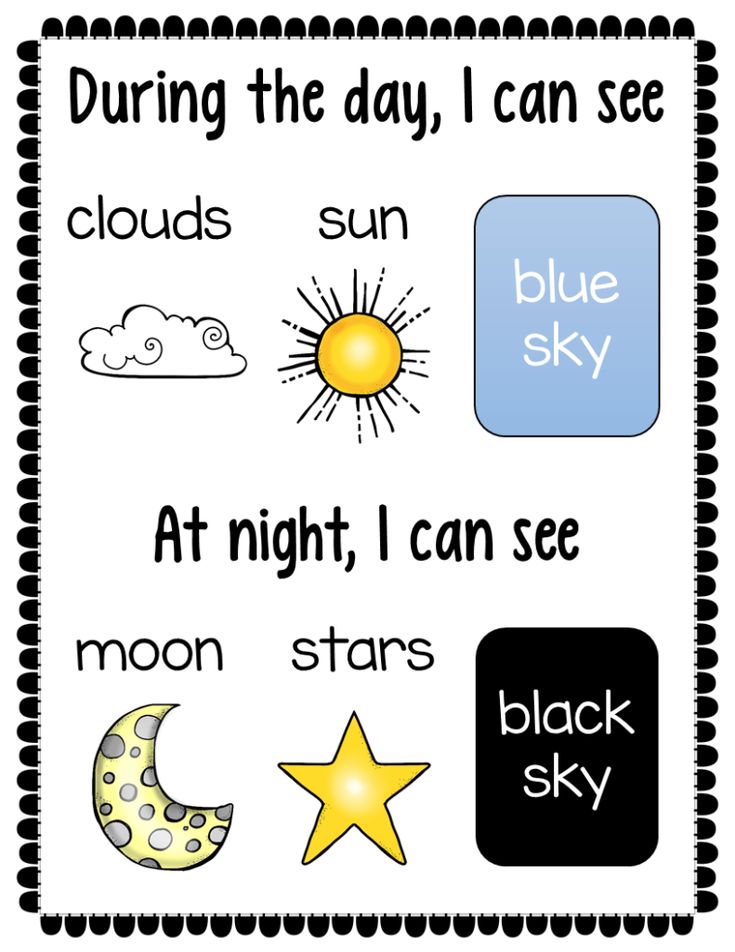 Video-Eldorado
Video-Eldorado
10:00, 05 November
The market of Uzbekistan today is very promising
09:59, 05 November
More than 144 million bonuses were written off by Russians for children's goods in 2022
10:00, 04 November
Most buyers study the terms of delivery before ordering
09:00, 04 November
In the Nagatinskiy Zaton of Moscow, the regional center "Mesto met Orbita" was opened
17:35, 03 November
Logistics management is an important factor in marketplace scaling
16:31, 03 November
Sber smart devices can be bought at a discount on Green Day
15:50, 03 November
International PLUS-Forum "Retail Central Asia" will be held in Tashkent - the largest event in the retail industry!
15:30, 03 November
Top 5 most expensive purchases in the SUNLIGHT app
14:14, 03 November
Scooter connected a chatbot with tips and advice on nutrition
 Digital night lens
Digital night lens Main - Articles - Digital instruments - Forward DFA75. Digital night attachment
Digital night attachment
DFA 75 digital attachment is a godsend for the hunter. For a more detailed acquaintance with the digital nozzle, we suggest reading the review article.
STOCK! Buy a Forward DFA75 nozzle and get a Bars flashlight, an adapter cover and a certificate for the "Royal Hunt" AS A GIFT!
The issue of aimed shooting at different times of the day is easily solved today - the choice of day optics and night sights is huge, for every taste and budget.
Daytime optical sights, even from mid-range manufacturers, in most parameters (exit pupil removal, correction accuracy, mark power reserve, reticle configuration) will outperform any top-end night sight, except for one thing - they cannot be used at night.
For a significant part of the “shooting audience”, the loss of these advantages when switching from daytime to nighttime optics is a serious irritant. In addition to the inconvenience that often accompanies the reinstallation, you have to put up with a change in the “attachment” to the weapon.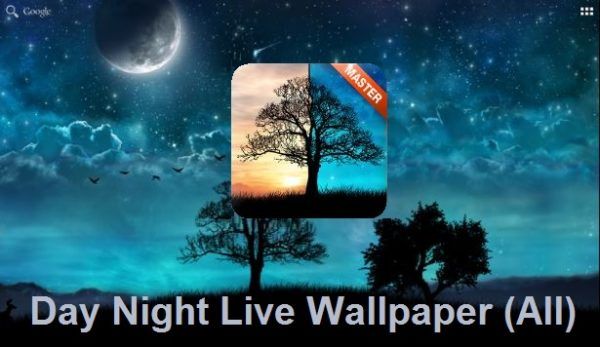 Therefore, the growing interest in the last year or two (not only from professional shooters, but also from ordinary hunters) to devices that allow you to adapt a daytime optical sight to night conditions is quite understandable.
Therefore, the growing interest in the last year or two (not only from professional shooters, but also from ordinary hunters) to devices that allow you to adapt a daytime optical sight to night conditions is quite understandable.
The front attachment for the Forward DFA75 optical sight is a novelty on our market: in the USA and a number of European countries (including Great Britain, which in the Old World is a trendsetter in the "attachment" theme), the device has been supplied for more than a year.
A sensitive CCD matrix acts as a "receiving" element in the Forward DFA75. The resulting image is displayed on an OLED display and then projected into the lens of a daytime optical sight.
It should be noted that it was the digital component base, which does not require a consistent arrangement of all internal elements, that made it possible to solve one of the problems inherent in pre-objective night attachments. In the Forward DFA75, the lens and matrix are on the upper floor, the display and lens are on the lower one, so the device turned out to be short, and the controls are within the reach of the shooter's free hand. In other words, the overall dimensions of the “nozzle-sight” complex allow you to simultaneously comfortably track the target and control the nozzle without forcing the shooter to reach for buttons and switches, demonstrating the Olympic level of flexibility. This arrangement also reduces the length of the "lever" and greatly reduces the load on the optical sight during recoil.
In other words, the overall dimensions of the “nozzle-sight” complex allow you to simultaneously comfortably track the target and control the nozzle without forcing the shooter to reach for buttons and switches, demonstrating the Olympic level of flexibility. This arrangement also reduces the length of the "lever" and greatly reduces the load on the optical sight during recoil.
To install the attachment on the lens of a daytime device (and it can be not only a sight, but also a spotting scope or one of the binocular channels), a special mounting adapter is required. Pulsar itself offers three sets of nodes, designed for optics with a light diameter of 42 mm, 50 mm and 56 mm (third-party options come across on the Internet). To select an adapter, it is necessary to measure the outer diameter of the lens body of the sight, and choose the right one according to the table from the instructions. Further, everything is simple - the adapter (with a suitable insert from the kit) is installed on the sight lens using a hex key or a torque screwdriver (they are needed for the adjustment recommended by the instruction for adjusting the clamping force of the fixing clip). Draft installation completed.
Draft installation completed.
Next, a nozzle is attached to the adapter (the process is similar to installing an interchangeable lens on a camera), the fixing clip is loosened, after which the adapter is set properly (the image is aligned horizontally and vertically, the aiming mark is aligned with the center of the image), the adapter is finally fixed on the daytime optics lens by clamping the clip . Such a setting, appropriate for further comfortable use, can be performed by eye (this does not affect the STP) or using a special option in the menu. The adapter comes with a hinged cover to protect the optics of the sight at a time when the attachment itself is not in use.
Experience has shown that it is better to set the magnification of the sight in the range from 3 to 8x (with a field of view of about 5 ° or more), since further magnification leads to the fact that the edges of the image, the lower one in particular (the status bar is located there), begin to “cut” .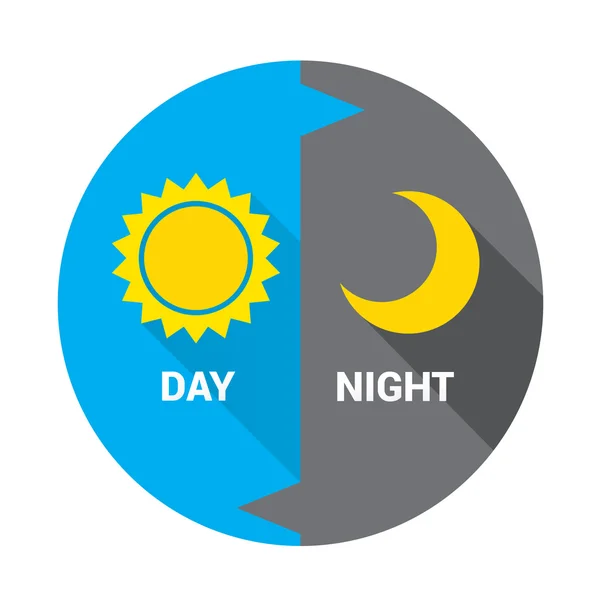 So, on our scope (3-9x50) during most of the testing, a 7x magnification was used (changing the magnification does not affect the STP).
So, on our scope (3-9x50) during most of the testing, a 7x magnification was used (changing the magnification does not affect the STP).
The sight was pre-sighted at 100 meters, which coincides with the factory setting of the attachment. If you pay attention to the design, you can see that the sighting channel (objective) is located above the "output" channel, which coincides with the optical channel of the day sight. In practice, this means that when shooting without a nozzle and with a nozzle at a target located at a distance of 100 m, the bullets fall into the same area. If the target is much closer or farther, then using a special menu option (it is extensive, and its full description is the subject of a separate article), you can compensate for the difference in the actual distance and the zeroing distance. A test shooting session (3 shots without a nozzle and 3 with a nozzle for each distance) at targets at a distance of 20 to 150 meters (the maximum possible in our range) showed the full performance of this option.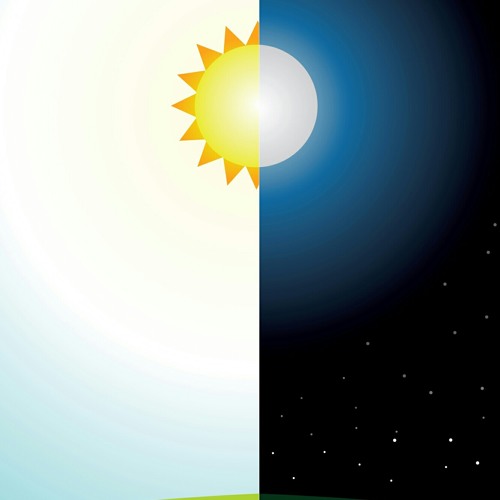
The Forward DFA75 controls are located on the left side of the case and include the On button, the IR illuminator control knob, and the brightness and contrast wheel (it is also used when working with the menu). The nozzle is equipped with a safe invisible (915 nm) laser IR illuminator with a three-stage adjustment of the glow power and a spot focusing function. The lens focus wheel is on top.
As mentioned, the menu is quite rich, and includes the choice of distance, sensitivity increase mode, contrast enhancement, clock setting, video signal standard, modes for checking and correcting the aiming point and “fine” positioning of the nozzle on the sight (used during the first installation), as well as reset to factory settings (a useful option for those who do not read the instructions). All information about the current status of the device is displayed in the status line at the bottom of the display in the form of alphanumeric characters and icons.
Brief summary. Conceptually, I don’t want to compare night sights and attachments - designed to solve similar problems, these are completely different devices, with their own characteristics and advantages. As a representative of the "digital" generation, Forward DFA75 ideally fulfills twilight periods of time when daytime optics are no longer effective, and most nightlights, on the contrary, have a lot of light.
Conceptually, I don’t want to compare night sights and attachments - designed to solve similar problems, these are completely different devices, with their own characteristics and advantages. As a representative of the "digital" generation, Forward DFA75 ideally fulfills twilight periods of time when daytime optics are no longer effective, and most nightlights, on the contrary, have a lot of light.
From the point of view of hunting, the front attachment seems to be the best option in situations where the optics are not on a quick-detachable base, or the bracket used does not guarantee the preservation of the STP during repeated reinstallation of the day and night sight. The disadvantage associated with the violation of the balance of the weapon (the center of gravity shifts forward) is compensated by maintaining the usual application and removal of the exit pupil. The invisible laser illuminator, as well as the mass of useful functionality in general, definitely belongs to the pluses.